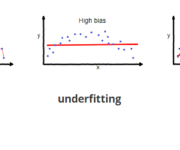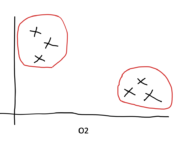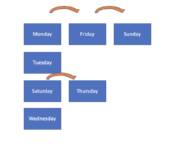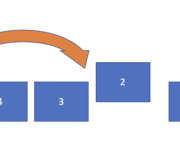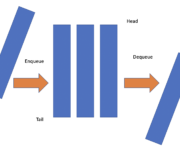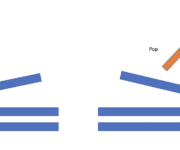Latest Posts
See what's new
Regularization in Machine Learning
On July 31, 2021 In Machine Learning, Machine Learning Foundations
In this post, we introduce the concept of regularization in machine learning. We start with developing a basic understanding of regularization. Next, we look at specific techniques such as parameter norm penalties, including L1 regularization and L2 regularization, followed by a discussion of other approaches to regularization. What is Regularization? In machine learning, regularization
Introduction to the Hypothesis Space and the Bias-Variance Tradeoff in Machine Learning
On July 28, 2021 In Machine Learning, Machine Learning Foundations
In this post, we introduce the hypothesis space and discuss how machine learning models function as hypotheses. Furthermore, we discuss the challenges encountered when choosing an appropriate machine learning hypothesis and building a model, such as overfitting, underfitting, and the bias-variance tradeoff. The hypothesis space in machine learning is a set of all possible
Types of Machine Learning: A High-Level Introduction
On July 21, 2021 In Machine Learning, Machine Learning Foundations
In machine learning, we distinguish between several types and subtypes of learning and several learning techniques. Broadly speaking, machine learning comprises supervised learning, unsupervised learning, and reinforcement learning. Problems that do not fall neatly into one of these categories can often be classified as semi-supervised learning, self-supervised learning, or multi-instance learning. In supervised learning,
Hashing in Java
On July 13, 2021 In Data Structures, Software Design
In this post, we will discuss hashing in Java and introduce a few data structures such as hashtables and hashmaps that rely on hashing. What is Hashing? Hashing is a technique that allows a program to store and subsequently find an object in a large collection of items without going through every item. A
Priority Queue in Java: A Complete Introduction
On July 8, 2021 In Data Structures, Software Design
In this post, we introduce the priority queue in Java and explain the underlying concept of a heap. What is a Priority Queue in Java? In a priority queue, items are ordered alphabetically in ascending order, numerically in ascending order, or according to a user-defined attribute based on a custom comparator. In a priority
The Queue in Java
On June 22, 2021 In Data Structures, Software Design
In this post we learn how to implement a queue in Java using the linked list and priority queue data structures provided by Java. What is a Queue in Java? A queue is a data structure in Java and many other programming languages. Elements are added according to the FIFO (first-in, first-out) principle. An
The Stack in Java
On June 21, 2021 In Data Structures, Software Design
In this post we look at the stack in Java, a data structure that operates on the LIFO principle. We discuss (clicking the link will take you to the section): What is a Stack How to implement a Stack using collections and deque How to implement a Java stack from scratch What is a
How to Learn Java: A Comprehensive Guide
On June 18, 2021 In Software Design
Java is one of the most widely used programming languages in the world today. It powers applications ranging from enterprise software systems to Android apps. Learning it can open the door to plenty of well-paid job opportunities. People who have mastered the art of developing software in Java are hot commodities in the job
An Introduction to Java Arrays
On June 16, 2021 In Data Structures, Software Design
In. this post we introduce and define the array data structure in java, how to use it and what common operations can be performed using arrays. What is an Array in Java? An array is a fixed-length Java container object that contains other objects of the same type. An array’s length and the type
T-Tests: A comprehensive introduction
On June 14, 2021 In Mathematics for Machine Learning, Probability and Statistics
In this post, we define the t-test in statistics, explain what different t-tests exist, and demonstrate by example how we can use them to find the differences between means in various scenarios. What is a T-Test? The t-test tests the significance of the difference of measured means. Differences can be measured within the same

